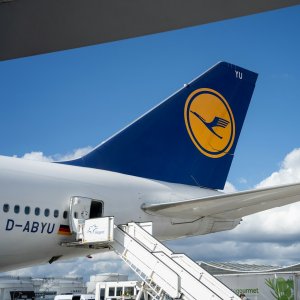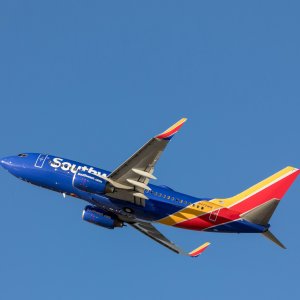
Mexican Airlines Grow 24.2% Year over Year
 By Emilio Aristegui | Junior Journalist and Industry Analyst -
Tue, 05/09/2023 - 14:21
By Emilio Aristegui | Junior Journalist and Industry Analyst -
Tue, 05/09/2023 - 14:21
Mexican airlines had a positive start to 2023. Volaris continues to solidify its position as Mexico’s largest airline, as Aeroméxico and Viva Aerobus also reported growth during the first months of 2023.
Between January and March 2023, Volaris transported most passengers with a total of 7.4 million, which represents a 17.2% growth from the same period in 2022, reports the Federal Civil Aviation Agency (AFAC). Aeroméxico recorded the largest year-to-year increase with a 39.2% variation from 2022, as the airline transported the second-largest number of passengers with 5.7 million, explained AFAC via a press release.
Mexican airlines increased their total passenger count by 24.2% from January-March 2022 to January-March 2023, from 14.6 million passengers to 18.2 million. However, Calafia Airlines, Aeromar, Tar and Magnicharters recorded a decrease in passengers transported, reports AFAC.
Airlines from the US dominated Mexico's international flights, with a 12.8% year-to-year increase from 6.4 million passengers to 7.2 million. However, Canadian airlines grew by a whopping 124.3% from January-March 2022 to January-March 2023, reaching 1.6 million passengers. Central American and Latin American airlines increased their total passenger count from 901,500 to 1.1 million, while European airlines and Asian airlines grew 7.6% and 79.1%, respectively.
The Ministry of Infrastructure, Communications and Transport (SICT) explained that AFAC is preparing an International Aviation Safety Assessment (IASA) to comply with the US Federal Aviation Administration’s (FAA) requirements. The assessment is part of the country’s plan to recover the FAA’s Category 1 aviation safety rank, which would allow Mexico to solidify its presence in the international aviation industry.
“The FAA, upon verifying full compliance with the findings detected by the IASA audit, will issue the final report through the corresponding diplomatic means, communicating the recovery of Category 1 in aviation security,” explains SICT.
AFAC already implemented changes to meet the FAA’s requirements, including: proposed modifications to the Aeronautical Legislation; adopted new amendments issued by ICAO; updated the Electronic System for the Notification of Differences (EFOD); responded to the FAA's IASA audit questions; addressed 39 "nonconformities" detected during the Technical Review; and complied with AFAC's self-assessment activities, as reported by MBN.
















